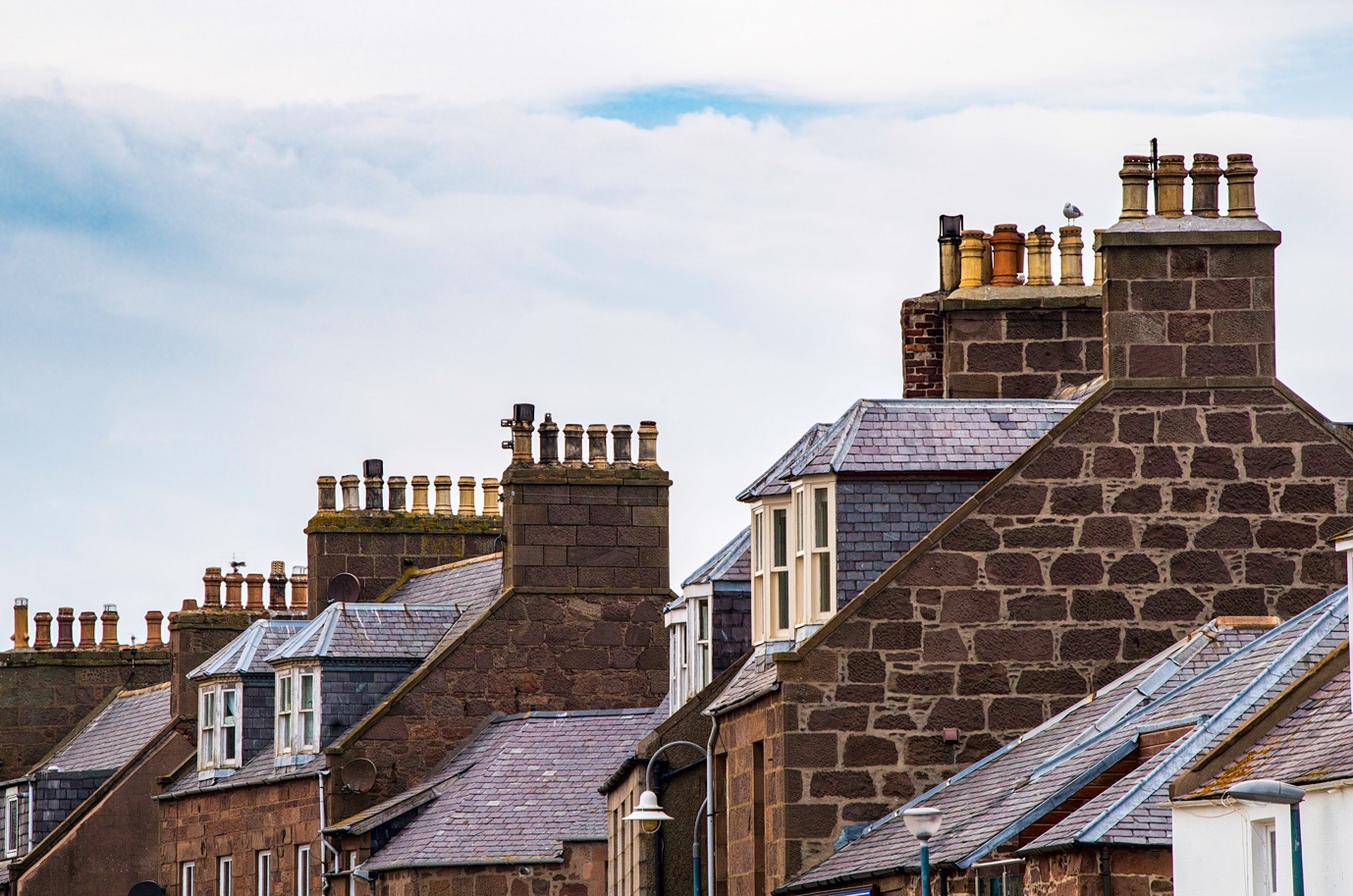Set into a wall of your living room, a fireplace can make a traditionally charming period feature, making you almost feel like a resident of Downton Abbey. However, even if you now leave your fireplace untouched or its opening is walled up, a certain amount of maintenance work will still be necessary.
Here, we are referring specifically to your chimney – which, while the fireplace was in use, would have served the purpose of letting more air reach the fire and so feed it. Here are a few warning signs that your chimney might still require maintenance – and how to provide exactly that…
Things keep entering the flue
Here, we mean the flue that leads from the roof to your fireplace; a chimney tends to have two flues, including one for the home’s central heating system. However, you don’t want things entering the fireplace flue that, well, shouldn’t actually be there.
Those “things” could include rain, snow and animals – but to keep all of those out, you could have a cap fitted over your chimney’s opening. Some caps are inserted into the flue and secured there through friction, while other caps are mounted to the flue and others adhere to the chimney’s crown.
As advised in a Popular Mechanics article, though, you should be sure to source a chimney cap of a suitable size for your chimney. A cap of the wrong height can hamper how gases flow through the chimney and potentially cause a backdraft, whereby smoke enters your house.
You – or someone else – is about to bring the fireplace back into use
Don’t assume that, just because you currently aren’t interested in using the fireplace, you never will be – or that a future owner of your house won’t be. Unfortunately, if birds and animals have left cobwebs, nests and the like in your chimney, this could prevent a fire’s waste gases from escaping.
Hence, you should act on Real Homes‘ advice that you get an experienced chimney sweep to clean your chimney at least once yearly – yes, even if the chimney isn’t being used. Otherwise, waste materials like soot or smoke could accumulate inside the flue and partially block the airflow.
This situation, in turn, will hamper the efficiency of using the fireplace and increase the risk of carbon monoxide. This gas is deadly but odourless; therefore, you should make sure your home has alarms for detecting both smoke and carbon dioxide.
Another reason to hire a chimney sweep is that, as DIY Doctor explains, creosote might have gathered inside the chimney as a result of wood being burned. As creosote is combustible, its mere presence will increase the risk of the chimney catching fire.
The chimney is damaged
Even a chimney out of use is vulnerable to the weather. Fortunately, if, say, you live in the North East, you can invite a roofing company to your Newcastle home to inspect the chimney for eroded mortar or defective flashing at no charge to you and then, on your further request, have the damage repaired.
